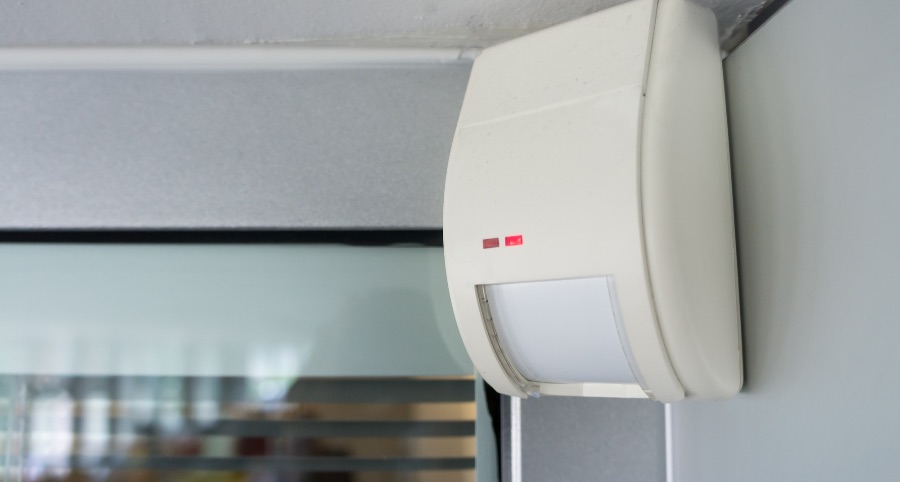How Do Motion Detectors Work In Champaign?

You’ve probably got a fairly good idea of what motion detectors do merely based on their name. Indeed, they detect motion, but how exactly do they work? Take a moment to explore the technology that powers them and the various kinds of sensors you might find. You’ll get a clearer comprehension of how they work and how you are able to integrate them into your modern smart home.
What is the technology that powers motion detectors?
Identifying motion can be achieved in several distinct ways, but motion detectors are generally placed into either of these categories - active or passive.
● Active motion detectors: These instruments are considered active, as they constantly transmit signals like microwaves and then assess the time of response. Movement is signified when the response time changes. While microwave sensors are most frequently used, you’ll also encounter active motion detectors that use sound waves or infrared light.
● Passive infrared (PIR) motion detectors: Regularly encountered within home security installations, PIR motion detectors work by recognizing shifts in the surrounding temperature. Essentially, the component learns what the standard temperature should be within a specified area. If there are instant heat surges, like a trespasser sneaking through the room, the device takes notice and sets off your alarm system. Since they don’t actively emit signals, passive detectors usually use less power and are less expensive to operate.
In addition to active and passive, you may discover hybrid motion sensors that use a mix of technologies. These can help reduce false alarms, as each sensor has to be activated before the alarm goes off. Other possibilities include vibration motion detectors and tomographic sensors that are frequently utilized in bigger commercial facilities.
Ways to use Champaign motion detectors
The chief purpose of motion detectors is to spot movement within a specified area, generally as far as 50 feet away. You’ll usually find them incorporated into outdoor floodlights or as freestanding devices within the interior of your home. When movement is identified, they’ll set off your alarm and notify your 24/7 monitoring staff.
But modern motion detectors are more adaptable than they’ve been in the past. As a matter of fact, they are able to communicate directly with other smart equipment. To illustrate, if motion is discovered, they may trigger your smart bulbs to activate or your surveillance camera to begin recording. They might even alert your smart thermostat to change the temperature.
Receive instant notifications and customize settings for furry friends
One more great perk of modern motion detectors is that you’ll have alerts transmitted to your smartphone each time the device is tripped. If you own animals, you can even prevent false alarms by customizing settings to account for the size of your four-legged family members.
Design Your Vivint Smart Home With Motion Detectors in Champaign
Now that you have a better understanding of how motion detectors work in Champaign, it’s a great time to integrate them into your contemporary smart home. Vivint’s motion detectors cover big areas, give you wide-angle capability, and last for many years without needing a battery replacement. They’ll also synchronize perfectly with your additional smart home implements. Are you ready to begin? Call (217) 759-1212 to consult with a knowledgeable Vivint team member today.